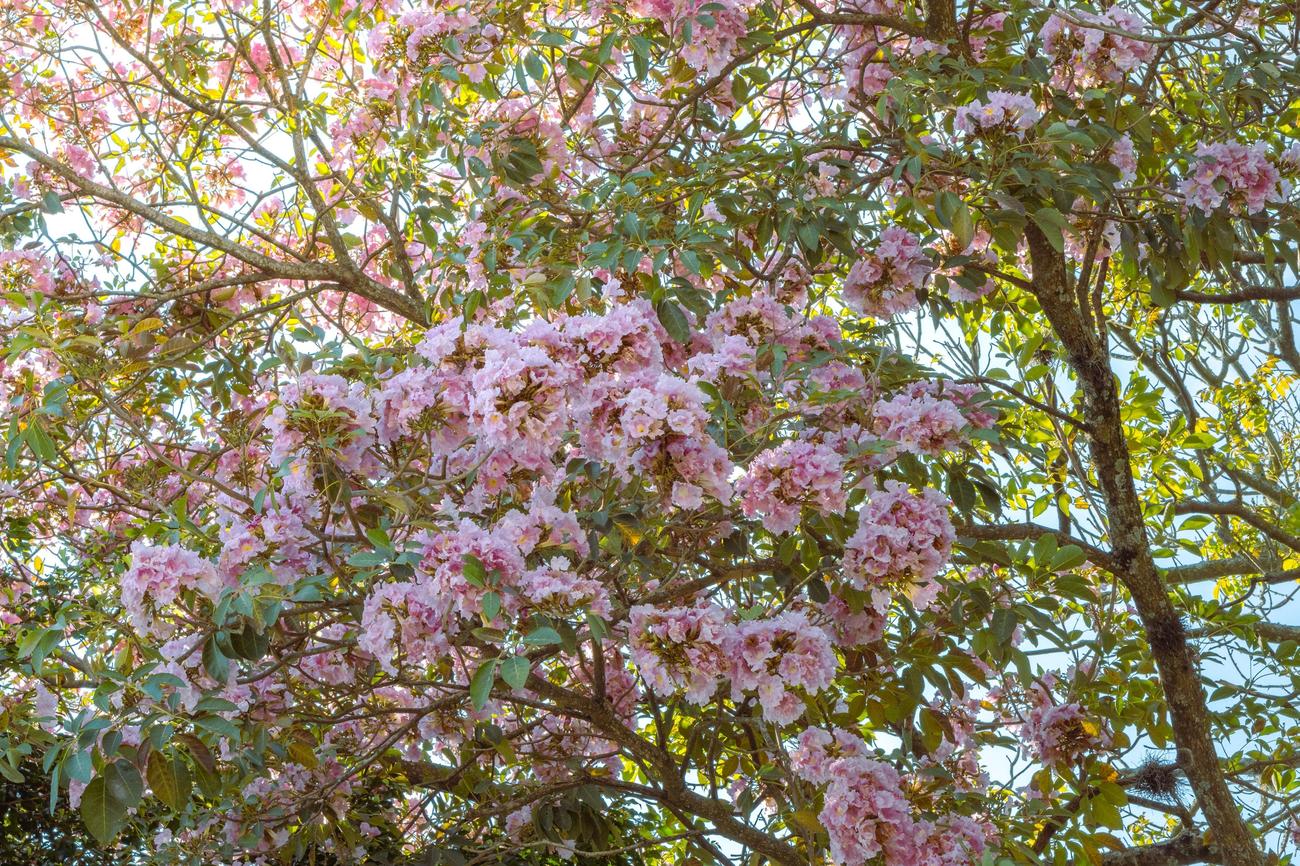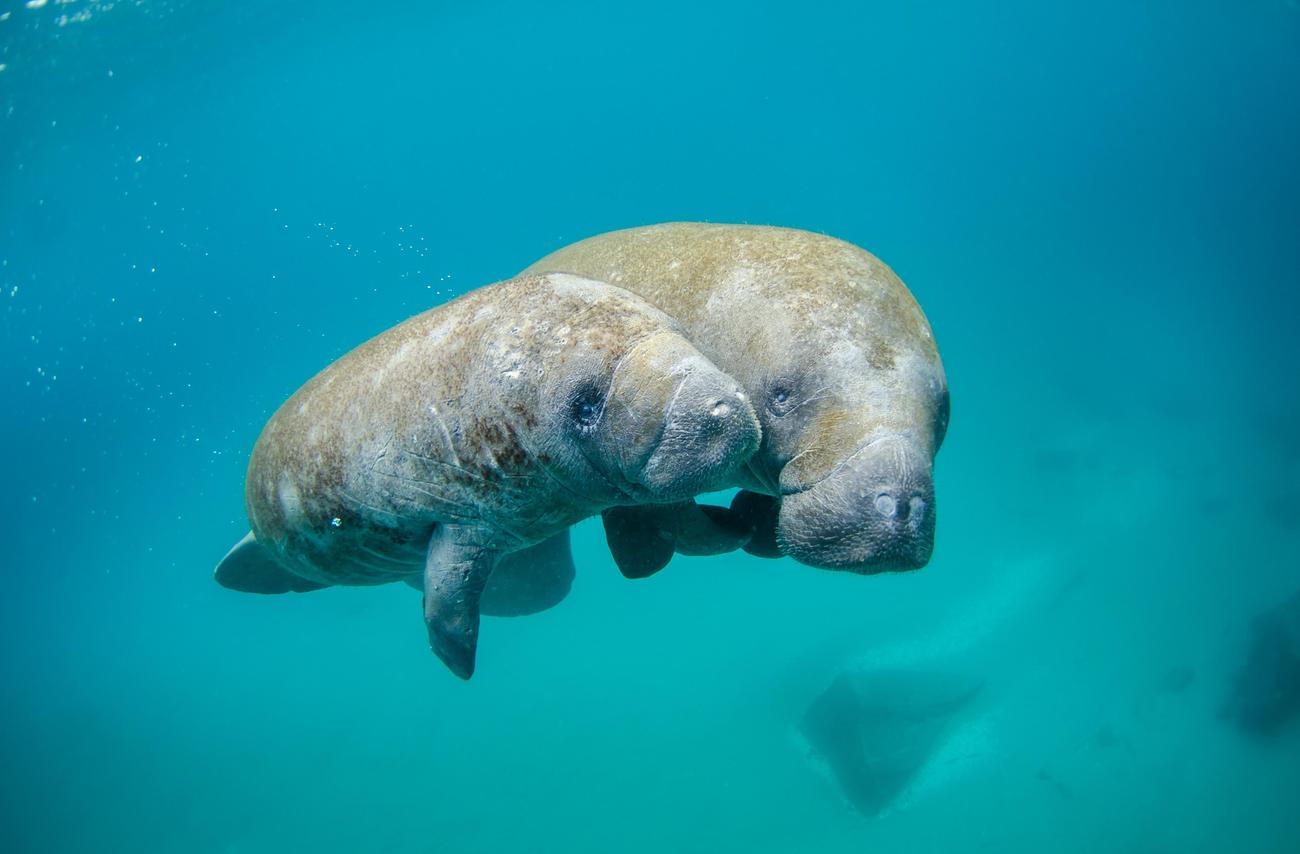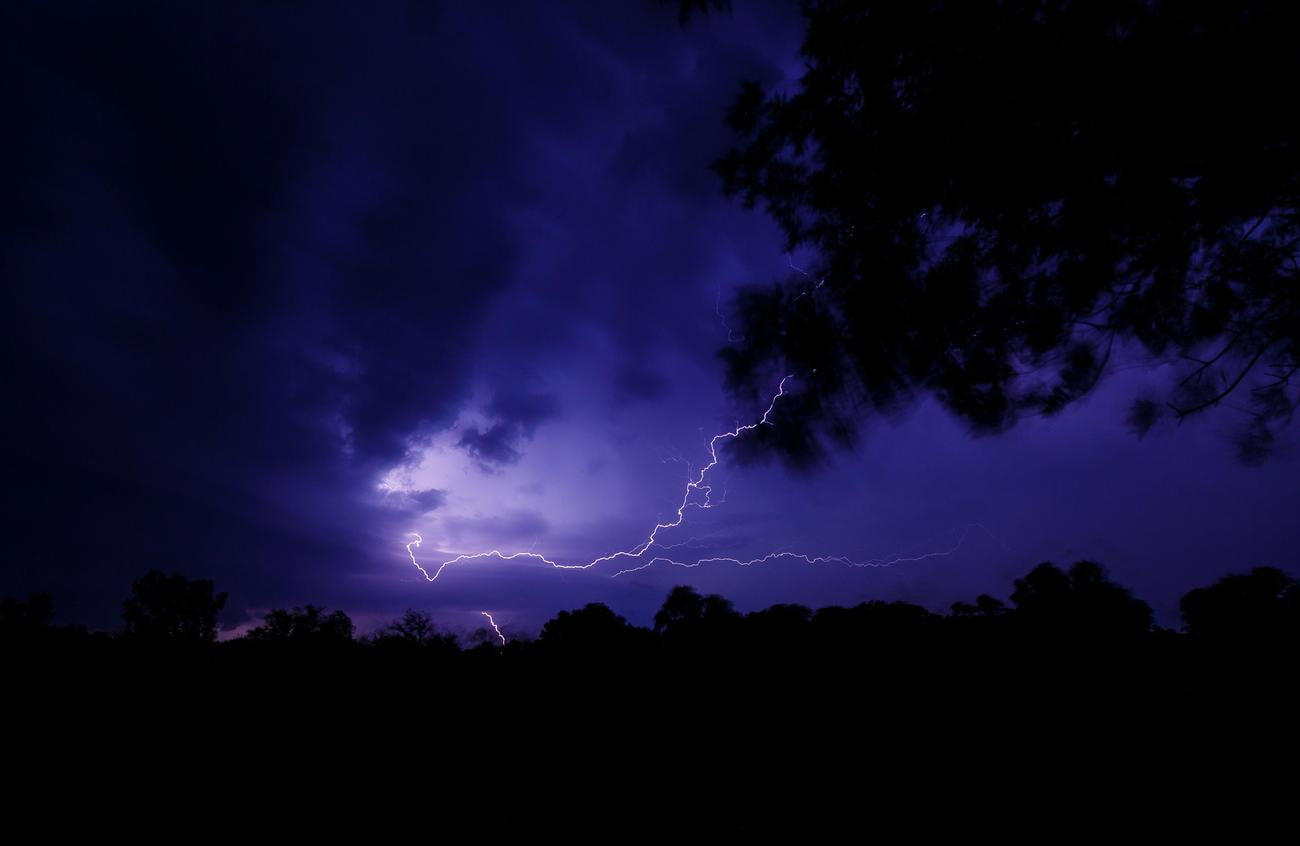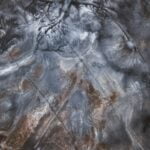Unveiling the Weather Conditions of Chaparral Biome: A Look into Mediterranean Climate

Venturing into the enchanting world of the chaparral biome, we delve into the intricate balance between weather patterns and the vibrant ecosystems that thrive within this arid region. As an experienced environmental journalist specializing in biome analysis, I invite you to accompany me on a journey through the Mediterranean climate, where hot, dry summers and mild, wet winters shape the extraordinary flora and fauna that call this biome home. With a background in meteorology and years of immersive fieldwork, I bring a keen eye for detail and a passion for uncovering the awe-inspiring relationship between weather conditions and the resilience of the chaparral biome. Join me as we unveil the captivating secrets behind the mesmerizing weather conditions of the chaparral biome and the resilience of its remarkable Mediterranean climate.
Describe the Weather Conditions that Characterize the Chaparral Biome
The chaparral biome, often referred to as North America’s equivalent of the Mediterranean woodland, encompasses a unique blend of climatic features that shape its distinctive ecosystem. One cannot understand the diverse flora and fauna of this arid region without delving into the weather conditions that characterize it. So let’s embark on a journey to unravel the secrets hidden within the chaparral biome’s ever-changing climate.
In the chaparral biome, the weather dances between extremes. Summers scorch the land with intense heat, often surpassing 100 degrees Fahrenheit. The blistering sun hangs high in the sky, casting a parched spell over the landscape. The, desert-like conditions of the chaparral biome create a meteorological canvas where the elements conspire to bring forth a unique biome that thrives under challenging circumstances.
But relief comes in the form of mild, wet winters. As autumn gradually fades away, the rain gods bestow their benevolence upon this Mediterranean climate zone. The chaparral biome witnesses a surge in rainfall, offering a slight respite from the hot and dry summer season. The precipitation brings life to the parched soil, quenching the thirst of the resilient plants and animals that have made this biome their home.
However, it’s important to note that these weather patterns are not static. The chaparral biome experiences distinct seasons, each leaving its indelible mark on the landscape. Nature’s brush paints the panorama with vibrant hues as spring breathes life into the dormant seeds and awakens the vegetation. The chaparral biome transforms once again, turning into a floral masterpiece, showcasing the resilience and adaptability of the flora that call it home.
While summers in the chaparral biome are known for their dry heat, they can also bring forth the wrath of droughts. These parched periods can stretch for up to five months, testing the survival skills of plants and animals alike. Water becomes a precious commodity, prompting a lively competition for its scarce resources. Only the fittest can navigate these challenging times and emerge triumphant, further highlighting the delicacy and intricacy of this arid ecosystem.
Wildfires, both a natural and essential component of the chaparral ecosystem, add another layer to the ever-changing weather conditions. The chaparral biome’s plant species have adapted to these periodic infernos, relying on them to rejuvenate the soil and foster their growth. It’s a symbiotic relationship between fire and flora, a dance of destruction and rebirth that helps maintain the delicate balance within this unique ecosystem.
Like any other habitat, the chaparral biome is not impervious to human intervention. Human activities can have both positive and negative impacts on this delicate ecosystem. In some areas, conservation efforts have resulted in the repair of water sources, providing a lifeline for the flora and fauna. However, in other regions, the harvesting of trees and the diversion of water have disrupted the fragile equilibrium, causing irreparable harm to the biodiversity that thrives within the chaparral biome.
In conclusion, unraveling the weather conditions that characterize the chaparral biome is like peering through a kaleidoscope of climatic diversity. From scorching summers to damp winters, this Mediterranean climate zone showcases a delicate balance that sustains a wide array of plant and animal species. Protecting and preserving this unique biome require a deep understanding of the intricate dance between weather patterns and the thriving life that calls the chaparral biome home.
“The chaparral biome, with its extremes and delicate balance, embodies the resilience of life amid challenging conditions.”
The chaparral biome, with its diverse plant and animal life, holds a treasure trove of fascinating information just waiting to be discovered. From its unique climate patterns to its remarkable adaptations, there are numerous interesting facts about the chaparral biome that will leave you captivated. Want to learn more? Click here for a journey into this enchanting biome: interesting facts about the chaparral biome.
FAQ
Question 1
What are the main characteristics of the chaparral biome’s climate?
Answer 1
The chaparral biome experiences a Mediterranean climate with mild winters and hot, dry summers. It has moderately increased rainfall in the winter and dry heat in the summers. The climate in the chaparral biome varies with the emergence of different seasons.
Question 2
How long can droughts last in the chaparral biome?
Answer 2
Summers in the chaparral biome can be dry enough to create a drought that can last up to five months.
Question 3
What types of plants grow in the chaparral biome?
Answer 3
The chaparral biome is home to diverse plant species that have adapted to the hot and dry conditions. Some examples include scrub oaks, chamise shrubs, and dwarf eucalyptus trees.
Question 4
What role do wildfires play in the chaparral biome?
Answer 4
Wildfires play a significant role in the chaparral ecosystem. Many plant species rely on wildfires to renew the soil and assist in their growth.
Question 5
What are the positive and negative impacts of human interference in the chaparral biome?
Answer 5
Human interference in the chaparral biome has both positive and negative impacts. Some areas benefit from the repairing of water sources, while others are harmed by the harvesting of trees and diversion of water. Conservation efforts are necessary to protect the chaparral biome and its unique biodiversity.
The Intricate Weather of the Chaparral Biome: An In-depth Exploration
Get ready to embark on an exciting journey into the captivating world of the chaparral biome and explore its intricate weather conditions. In this in-depth exploration, we will delve into the fascinating details of the Mediterranean climate, frequent droughts, and seasonal wildfires that shape this unique ecosystem. As an experienced environmental journalist with a passion for studying diverse ecosystems, I bring you a wealth of knowledge and insights into the interplay between temperature, precipitation patterns, and wind influences within the chaparral biome. Join me as we unravel the secrets of the weather that make this biome so remarkable in “The Intricate Weather of the Chaparral Biome: An In-depth Exploration.”
Describe the Weather Conditions That Characterize the Chaparral Biome
The chaparral biome, known for its mild climate and unique weather patterns, is North America’s equivalent of the Mediterranean woodland. If you’re wondering what makes the weather conditions in the chaparral biome so intricate, then you’re in the right place. In this article, we’ll take an in-depth exploration of the weather that shapes this fascinating ecosystem.
The Mediterranean Climate and Hot Summers
One of the defining characteristics of the chaparral biome is its Mediterranean climate. This means that the region experiences hot, dry summers and mild, wet winters. During the summer months, temperatures can soar past 100 degrees, creating a parched and arid environment.
Droughts that Last for Months
The dryness of the chaparral biome’s summers is so intense that it can create drought conditions lasting for up to five months. This extended period of little to no precipitation puts a strain on the local flora and fauna, forcing them to adapt to survive in a harsh, water-limited environment.
A Delicate Balance Between Wet Winters and Dry Summers
The chaparral biome is characterized by a delicate balance between wet winters and dry summers. The region receives most of its rainfall during the winter months when sporadic but heavy rain showers bring relief to the parched terrain. This cycle of wet winters followed by dry summers adds another layer of complexity to the weather conditions in this ecosystem.
The Risk of Wildfires
The combination of wet winters and dry summers in the chaparral biome increases the risk of wildfires. The abundance of vegetation that grows during the rainy season becomes highly flammable as temperatures rise and the summer drought sets in. These fires are not necessarily destructive but are a natural part of the chaparral’s ecological cycle, promoting new growth and clearing away dead vegetation.
A Global Phenomenon
The chaparral biome is not limited to one specific location. It can be found in various regions across the globe, including the US West Coast, South America’s West Coast, South Africa’s Cape Town, and the Mediterranean coast. Each region may have slight variations in its weather conditions, but they all share the characteristic traits of a Mediterranean climate with hot and dry summers.
Special Adaptations of Flora and Fauna
The unique weather conditions of the chaparral biome have led to the evolution of specialized adaptations in its flora and fauna. Plants have developed drought-resistant features such as small, waxy leaves, deep root systems, and the ability to store water. Animals in the chaparral biome have also adapted to survive in the hot, dry environment, with some species being active at night to avoid the scorching daytime temperatures.
Protecting the Chaparral Biome
While the chaparral biome is resilient, there are measures that can be taken to protect and preserve this remarkable ecosystem. Implementing strategies to reduce the risk of wildfires, conserving water resources, and practicing sustainable land management are some of the ways in which we can ensure the longevity of this unique biome.
In conclusion, the weather conditions that characterize the chaparral biome are a fascinating blend of hot, dry summers, wet winters, and a delicate balance between drought and relief. Understanding these intricate weather patterns allows us to appreciate and protect the diverse and resilient ecosystem that thrives in this Mediterranean-like habitat.
Key Takeaway:
The chaparral biome’s weather conditions are a delicate interplay between hot, dry summers and wet winters. This climatic pattern creates a challenging environment for the flora and fauna that call the chaparral home. The region’s Mediterranean climate and the occurrence of droughts and seasonal wildfires are just some of the features that make the weather in the chaparral biome so complex and captivating.
The chaparral biome, with its diverse plant and animal life, is a fascinating ecosystem that begs to be explored. Did you know that the chaparral biome is home to some of the most unique and resilient organisms on Earth? From the resilient evergreen shrubs to the elusive mountain lions, this biome is teeming with life that has adapted to its hot and dry climate. If you’re curious to learn more about the interesting facts about the chaparral biome, click here to delve deeper into this captivating ecosystem.

FAQ
Question 1
What are the weather conditions that characterize the chaparral biome?
Answer 1
The chaparral biome experiences a Mediterranean climate, with hot and dry summers, warm temperatures year-round, and mild winters. It is characterized by a combination of wet winters and dry summers, which increases the risk of seasonal wildfires breaking out. The temperature in the chaparral biome can surpass 100 degrees during the summer, and droughts lasting up to five months are not uncommon.
Question 2
Where is the chaparral biome found?
Answer 2
The chaparral biome can be found in various locations around the world, including the US West Coast, South America’s West Coast, South Africa’s Cape Town, and the Mediterranean coast. These regions share similar weather conditions, such as the Mediterranean climate of hot, dry summers and mild winters.
Question 3
How do the unique weather conditions of the chaparral biome affect its flora and fauna?
Answer 3
The unique weather conditions of the chaparral biome, including hot and dry summers and nutrient-poor soil, have led to the evolution of specialized flora and fauna. Plants in the chaparral biome have adaptations to withstand drought, such as small leaves, deep root systems, and the ability to resprout after wildfires. Animals in the biome have also developed various strategies to survive in these conditions, such as nocturnal behavior, burrowing, and camouflage.
Question 4
Can measures be taken to protect the chaparral biome from wildfires?
Answer 4
Yes, measures can be taken to protect the chaparral biome from wildfires. Some strategies include controlled burning, vegetation management to reduce fuel loads, creating defensible spaces around structures, and implementing early warning systems for fire detection. Additionally, public education and awareness about fire safety and prevention are crucial in minimizing the risks and impacts of wildfires in the chaparral biome.
Question 5
What are the diverse landscapes found in the chaparral biome?
Answer 5
The chaparral biome is known for its diverse landscapes, which include mountains and plains. The combination of these landscapes creates a unique and visually striking environment. The rugged terrains of the mountains and the flat expanses of the plains contribute to the overall richness and biodiversity of the chaparral biome.
- China II Review: Delicious Food & Speedy Service - April 17, 2025
- Understand Virginia’s Flag: History & Debate - April 17, 2025
- Explore Long Island’s Map: Unique Regions & Insights - April 17, 2025
















